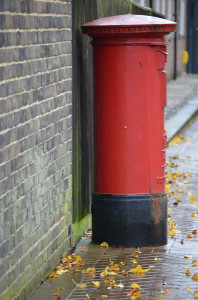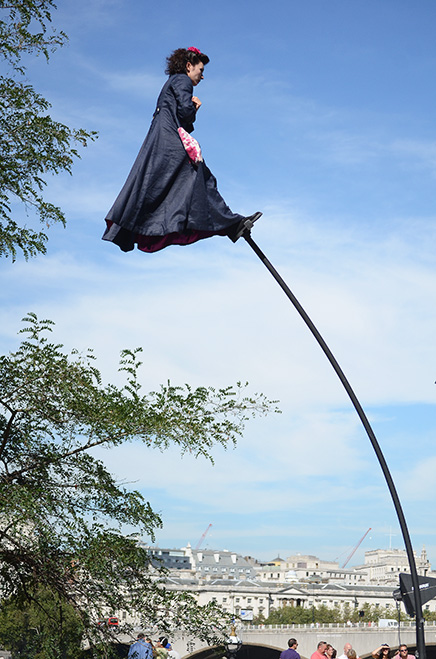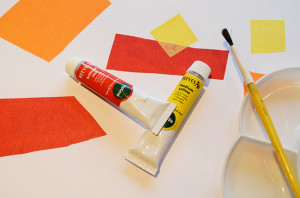Last year I did a digital photography course with the Open University and as part of the course I learnt the basics of Photoshop Elements. Although I felt I picked up some of the basics I never really used it enough for it to become second nature. In my infinite wisdom I decided to upgrade to Photoshop 6 this year and almost as soon as it was loaded I felt completely lost. Through a combination of tenacity and some usefully posted Youtube tutorials I once again got back to the basics but was determined I would get some specific training this year.
Finally, in September I went on a two-day course described as beginner/intermediate that covered the basics in terms of manipulation and improvement tools through to masks, special effects and puppet warps. Once we had got over the little glitch of the training provide taking me to the session on SPSS rather than Photoshop things got pretty hectic! There were only three of us in the class so there was plenty of individual attention and time to work through a really varied range of topics. By the end of the first day my brain felt like it was full to bursting. There were so many variations to experiment with and remember. The most common refrains throughout the day were ‘how does it do that?!’ or ‘that’s really cool!’ I had a bit of an experiment that evening on some of my images, just some gentle play with removing blemishes, cloning, selecting and generally finding out which tool did what.
Day two was even better as we really got into the benefits and possibilities of masks, colour images transformed into black and white, elements were added, removed and morphed. We had a lot of fun manipulating all sorts of images. By lunchtime the three of us were pretty dumbfounded so most of the afternoon was spent experimenting and asking final detailed questions.
I was so pleased I had taken the time and effort to really get to know the basics and am determined to keep practising so that my digital darkroom really supports the work I do with the camera. I think I do need to be mindful of not getting into the bad habit of thinking ‘oh it’s OK I’ll tidy it up in Photoshop!’


